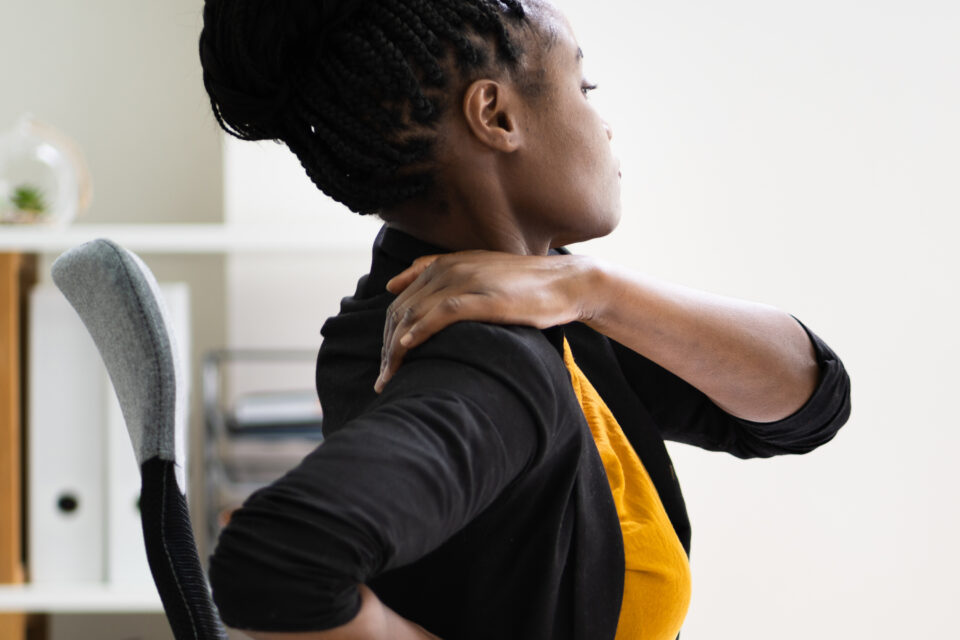Maintaining good posture is crucial for overall health and well-being. Poor posture, often a result of sedentary lifestyles and improper body mechanics, can lead to a range of musculoskeletal issues, with back pain being one of the most common and debilitating. In this article, we will explore the link between poor posture and back pain, shedding light on the underlying causes and potential solutions.
Table of Contents
I. What is Poor Posture?
Posture refers to the position of the body while standing, sitting, or lying down. Poor posture involves the misalignment of the spine and other body structures, leading to excessive strain on muscles, ligaments, and joints. Common examples of poor posture include slouching, hunching the shoulders, and tilting the pelvis forward or backward. In today’s digital age, prolonged sitting, often coupled with the use of electronic devices, contributes significantly to the prevalence of poor posture.
II. The Impact of Poor Posture on the Back
- Spinal Misalignment: Poor posture disrupts the natural curvature of the spine, putting excessive stress on the vertebrae. Over time, this can lead to misalignment, resulting in chronic back pain.
- Muscle Imbalances: Imbalanced posture causes certain muscles to become overactive and tight, while others become weakened and lengthened. These imbalances strain the back muscles, causing discomfort and pain.
- Increased Disc Pressure: Slouching and other poor posture habits increase the pressure on the spinal discs. This can lead to disc degeneration, herniation, and nerve compression, causing sharp or radiating back pain.
- Reduced Circulation: Poor posture can restrict blood flow to the back muscles, depriving them of essential nutrients and oxygen. This can contribute to muscle fatigue, weakness, and pain.
III. Common Postural Contributors to Back Pain
- Forward Head Posture: The habit of jutting the head forward, often seen during prolonged computer or smartphone use, places excessive strain on the neck and upper back, leading to chronic pain.
- Rounded Shoulders: Slouching or rounding the shoulders forward disrupts the natural alignment of the spine, leading to tension and discomfort in the upper back and neck regions.
- Swayback Posture: Tilting the pelvis excessively forward, known as swayback posture, places increased stress on the lower back, causing pain and potential spinal issues.
- Sitting Posture: Prolonged sitting, especially with a slouched or unsupported posture, can strain the lower back, contributing to muscle imbalances, disc problems, and chronic pain.
- Lifting Techniques: Improper lifting techniques, such as using the back instead of the legs, can lead to acute back pain and even more severe injuries.
IV. Correcting Poor Posture for Back Pain Relief
- Ergonomics: Maintain proper ergonomics at workstations, ensuring a comfortable chair, a well-positioned computer screen, and proper lumbar support.
- Exercise and Stretching: Engage in regular exercises that strengthen the core muscles and promote postural alignment. Incorporate stretching to counteract muscle imbalances and maintain flexibility.
- Mindful Sitting and Standing: Be aware of your posture throughout the day. Sit and stand tall, with your shoulders back, and avoid slouching or prolonged static positions.
- Regular Breaks: Take regular breaks from sitting or sedentary activities. Stand up, walk around, and perform stretching exercises to relieve muscle tension and promote blood circulation.
- Physical Therapy: Seek guidance from a physical therapist who can provide personalized exercises and techniques to address post

